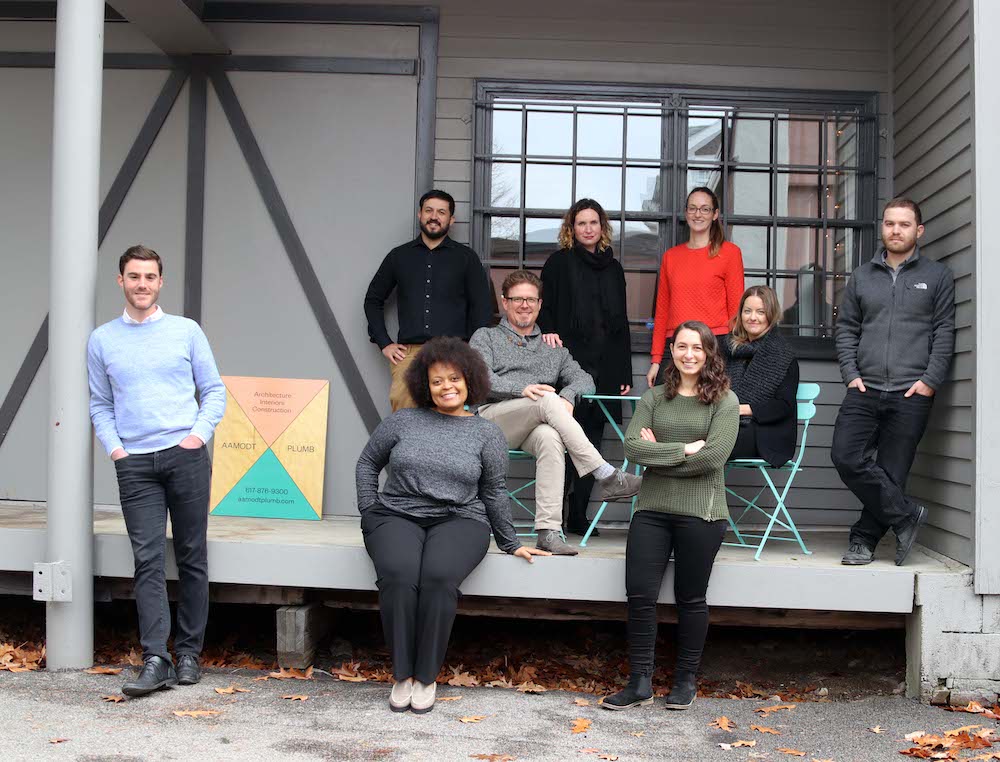
Fair Labor in Architecture
Wage theft is the most common form of exploitation in architecture and design firms. The use of unpaid interns has been a common practice since the profession’s inception, something that The Architecture Lobby has brought to the forefront.
In our experience, design firms also regularly misclassify employees, willfully or not, as Independent Contractors to avoid paying payroll taxes, unemployment, and benefits. If a worker is not classified as an employee they are not protected by the 1938 Fair Labor Standards Act (US).
What was once a landmark workers’ right legislation, protections under the FLSA have been eroded over time, particularly with respect to the overtime exemption. As of 2019, any architectural worker earning over $35,568 per year is exempt from overtime pay under the Professional Exemption, thus leaving them vulnerable to exploitation by employers who demand 60-80 hour work weeks for the same pay.
Design firms regularly misclassify employees as 1099 contractors.
Fair Labor Standards Act
We rigorously follow the US Fair Labor Standards Act for ourselves and all of our consultants and subcontractors. The FLSA covers minimum wage, overtime, hours worked, record-keeping, and child labor.
In 2017, Just Design, an Architecture Lobby initiative, was established to create a certification system for fair labor practices in architecture and recognized Aamodt / Plumb for our fair labor practices.
Living Wage
We support a living wage for all workers. A living wage refers to a theoretical income level that allows an individual or family to afford adequate shelter, food, and the other basic necessities. The goal of a living wage is to allow employees to earn enough income for a satisfactory standard of living and to prevent them from falling into poverty.
Impact Based Hiring
We embrace diversity, including, but not limited to BIPOC, LGBTQ+, Disabled Individuals. We apply an equitable approach to recruiting, hiring, supporting, retaining, and advancing careers of employees that identify as belonging to groups that suffer from systemic barriers to employment. We are transparent about our commitment to inclusion, share our values publicly, and strive to make our work environment comfortable and accepting.
We use a values-based hiring approach which prioritizes fit with our company mission and culture over degrees earned and years of work experience. We encourage on-the-job-learning in our growth- based and improvement-focused environment.
Values-based hiring approach prioritizes fit with our company mission and culture over degrees earned.
We also use equitable hiring practices for our consultants and subcontractors and prioritize working with businesses owned by women and those from marginalized demographics in order to share opportunities with those who are systemically overlooked in the construction industry.
Equitable Work Environment
We are committed to creating an intentional inclusive company culture. Our goal is to create a workplace that is good, clean, and fair for all our employees by establishing a safe, supportive, flexible work environment that encourages acceptance, empowerment, growth, respect, and compassion.
We accommodate varying work schedules to meet employees’ family responsibilities and we emphasize the importance of work-life balance by limiting the typical work week to 35-45 hours maximum. This is particularly important for hiring and retaining women long-term.
We commemorate holidays that amplify oppressed communities, for example Indigenous People’s Day, MLK Birthday, Juneteenth, Eid, Yom Kippur, and Rosh Hashanah, by offering two flex holidays where people can choose to take time off to celebrate holidays that are culturally important to them.
Read the next post in our series: SLOW SPACE: IMPACT SOURCING.




